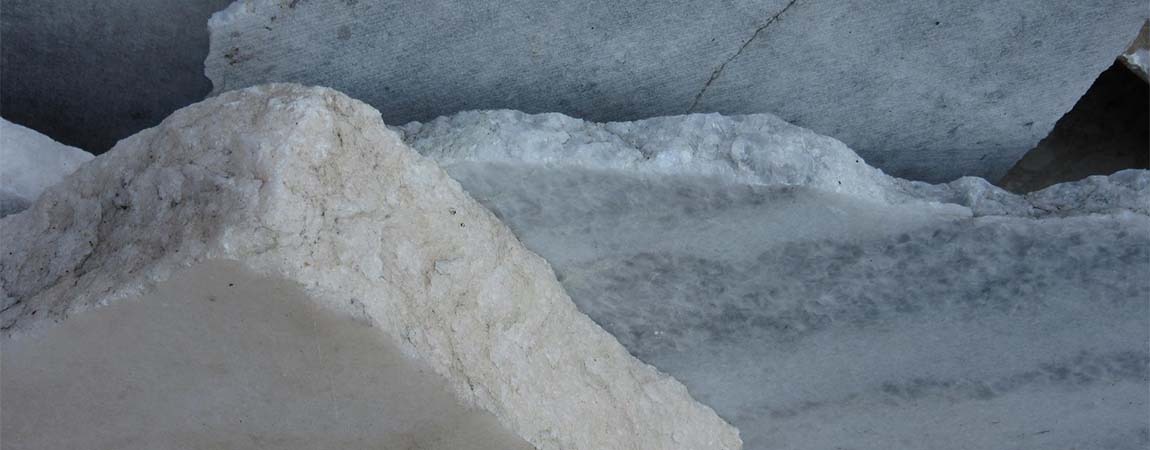
On the island of the sun, the village of Custonaci is famous for being the International City of Marbles, being the second largest marble basin in Europe with about two hundred active quarries.
But Custonaci also deserves to be known for its beauties.
To get to know Custonaci
The village stands on a hill about 200 meters above sea level at the very end of the gulf of Bonagia and, therefore, on the north-west side on the Tyrrhenian Sea and originating the picturesque hamlet of Cornino.
Its history, undoubtedly very remote, is connected to that of Erice, so much so that until the mid-twentieth century it was part of its territory.
Its territory, as evidenced by some archaeological finds, was inhabited since prehistoric times. Evidence in this sense is also found in the engravings dating back to Upper Paleolithic, found inside the Miceli cave.
Also in the Grotta Mangiapane, initially a cavity of marine origin, traces of a prehistoric settlement were found from which a village originated characterized by low buildings used even up to the end of the Second World War and today, used as Ethno-Anthropological Museum which is used as a location for a folkloristic Living Nativity that attracts many tourists during Advent.
Other prehistoric traces are also present within the Funny Cave and in that of Crucifix whose exhibits can be seen in the Archaeological Museum of Palermo, in Trapani al Prehistoric Museum of Torre Ligny and also to Louvre Paris.
There were many peoples who inhabited this territory starting from the Sicani and then continuing with the Elimi, the Romans, the Arabs, the Normans and so on.
As you can imagine, it is a small town that tells its story through suggestive places that can be explored by tourists visiting Sicily as well as being important because of the Custonaci marble quarries.
The Pearly Marble of Sicily comes from Custonaci
Custonaci marble comes from the approximately two hundred active quarries located in its territory and from which the famous Pearly marble from Sicily known for its beauty and strength. Historically it is established that the extraction of marble it is a very ancient practice and there is evidence that since the XNUMXst century BC the Romans exploited the slaves - and subsequently the Christians - to make them work in the quarries using an extraction procedure that followed the technique called a tile which took place with the aid of some objects of metal that allowed the detachment of the blocks from the rock.
In Sicily there are different types of marble such as Billiemi Grey and Red from Piana dei Greci but the most requested and appreciated is the Pearl of Custonaci which is used for many purposes. This marble is also known as Botticino of Sicily and has significant demand mainly from States of the Arabian Peninsula who use it as internal and external cladding for luxurious private but also public buildings.
Even in Italy this marble is so famous that it is found in the cladding of St. Peter's Basilica and this because it is very resistant as well as for its aesthetics characterized by a light ivory color with brown veins and white calcite spots. Its extraction involves the entire marble basin of Custonaci where about two hundred active quarries.
In addition to the Perlato marble, Perlatino is also extracted from the quarries, which has the same but more delicate shades.
What to see in Custonaci and its surroundings
In addition to knowing that every year Custonaci marble covers 85% of the entire production of Sicily and 15% of the Italian one, the village is also characterized by numerous caves which prove to be of extreme interest for every tourist who happens to pass around here looking for attractions to visit.
Here is a list of places to know that will allow you to organize an itinerary according to your interests and needs.
- Caves of Scurati
It is certainly one of the most interesting places in the area. The Scurati Caves are not only a speleological geosite much appreciated by enthusiasts, but also a prehistoric settlement of a certain importance and are located in the homonymous hamlet belonging to Custonaci.
The complex consists of nine caves, some of which are located in the Monte Cofano nature reserve.
The caves are distinguished by their names which are Mangiapane, Rumena, del Crocifisso, Buffa, Cufuni, Miceli, Abisso del Purgatorio, Maria Santissima and della Clava.
The largest one is the Grotta Mangiapane 13 meters wide, about 70 high and 50 deep and is also known as the Uffizi Grotto. This cavity was chosen since 1983 as the ideal location to host the Custonaci Living Nativity during the Advent period.
- Cornino Bay
The beaches that are part of the territory of Custonaci are much appreciated as scenically suggestive. They are all located in the Bay of Cornino, a coast dominated by the massive Monte Cofano. The bay is part of a stretch of the Trapani coast and its beaches are equipped with every comfort intended for sea lovers which, in this point, appear to be crystal clear also thanks to the contrast with the soft white sand present throughout the coast.
- Monte Cofano Nature Reserve
It is a protected area which affects both the municipality of Custonaci and that of the nearby one San Vito Lo Capo, both in the Trapani area. The main subject of the natural area is the massive Monte Cofano of calcareous origin which is also a triangular-shaped promontory overlooking the sea.
Do not miss the Sanctuary of Maria Santissima of Custonaci, Cerriolo Park, the Misericordia Park, Borgo Cusenza and the Tonnara del Cofano.









